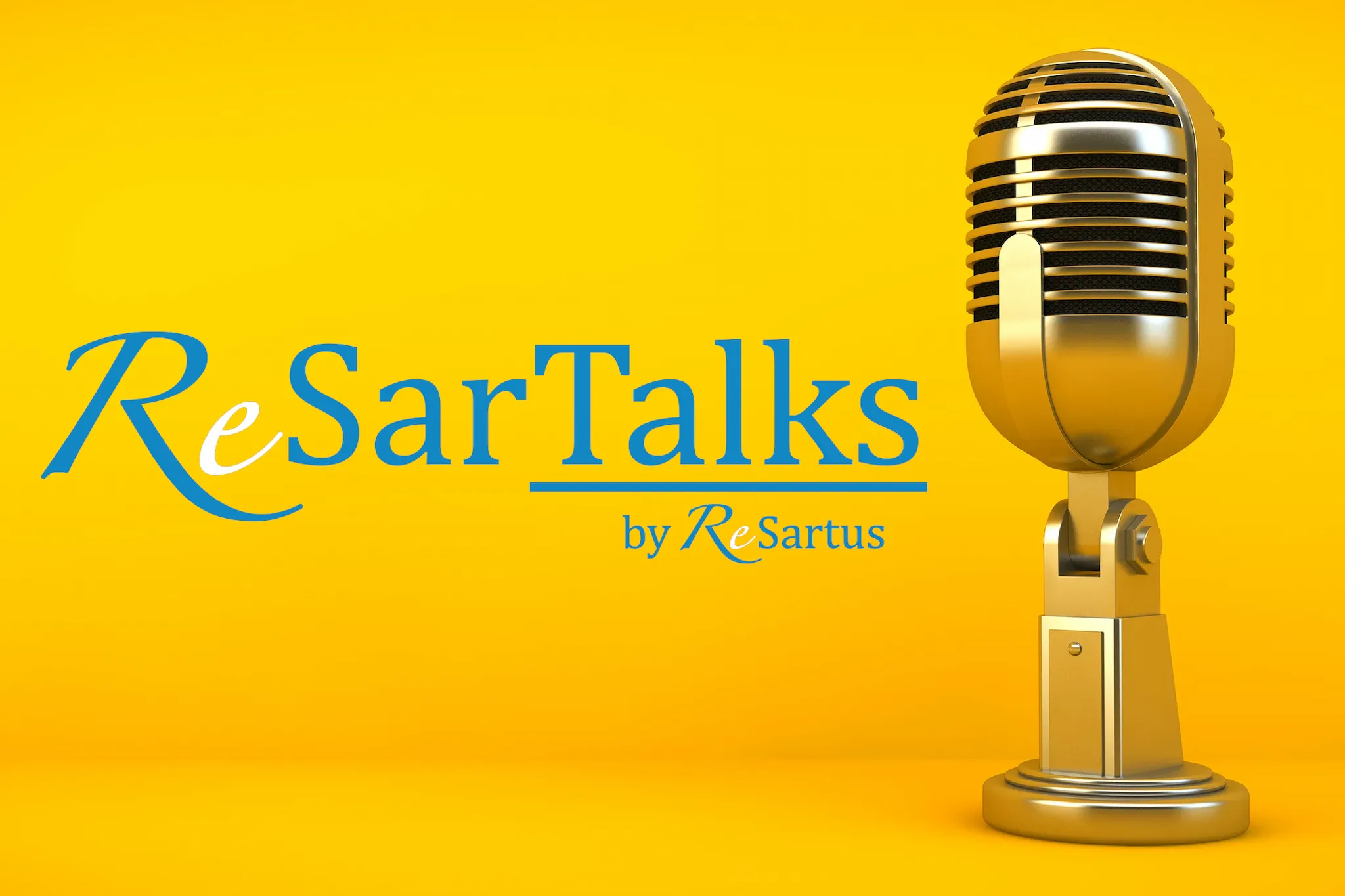
Leiche and Einfache Sprache: Accessible Communication for Everyone
Comprehensible language is a key element of modern communication – it ensures that information is accessible to as many people as possible. Companies, public authorities, and translation agencies are therefore increasingly asking themselves how texts can be formulated in such a way that no one is excluded. Two forms of language are particularly in focus here: German “Leichte Sprache” and “Einfache Sprache.” ReSartus in conversation with Sarah Jane Borchert.
What is Leichte Sprache?
Leichte Sprache (easy language) is a particularly strictly regulated form of simplification. It is based on the lowest levels of the Common European Framework of Reference (A1, A2). Sentences in Leichte Sprache are very short (often no more than 8–10 words), with only one piece of information conveyed per line and sentence. Only familiar, easily understandable words are used, for example, “house” instead of “building.” Subordinate clauses and the subjunctive are avoided, and images are used to aid comprehension.
The texts are also reviewed by people from the respective target group before they are published. There is no uniform, legally prescribed regulation on this, but DIN SPEC 33429:2025-03 (Recommendations for German Leichte Sprache) was published in spring 2025. This was developed on behalf of the Federal Ministry of Labor and Social Affairs and can be downloaded free of charge from DIN Media. In addition, the BMAS, in cooperation with the Netzwerk Leichte Sprache (Easy Language Network), has published a guide that explains this with numerous examples.
The main purpose of Leichte Sprache: People with learning difficulties, mental impairments, limited language skills or older people should be able to read and understand texts independently. For them, Leichte Sprache can be a valuable aid, for example, when filling out government forms, visiting the doctor or using websites. The problem, however, is that a simplified language version of official forms such as a child benefit application is not legally binding. For this reason, filling instructions are provided to help people deal with official language.
What is Einfache Sprache?
Einfache Sprache (simple language) is closer to standard German. It corresponds roughly to language level B1 and is intended to be understandable for everyone – it is understood by around 95% of the population. Longer sentences and subordinate clauses are permitted in continuous text. Technical terms are explained, but may generally be used. Since 2023, there has also been the ISO standard 24495-1:2024-03, which defines criteria such as design, accessibility, conciseness and coherence, as well as the involvement of the target group. Plain language should also be coordinated with the target group.
Why is Understandable Language Important?
In Germany, around 12% of adults have severe reading difficulties and are therefore functionally illiterate – for half of these 7.5 million people, German is their native language. Throughout Europe, people with dementia, immigrants, older people, people with learning difficulties or disabilities, and many others benefit from accessible texts.
Clearly formulated language enables participation, self-determination, and accessibility – for example, in government agencies, medical information, politics, and also in access and safety instructions. Acceptance is growing: more and more cities, museums and media outlets such as Deutschlandfunk’s “Tagesschau in Einfacher Sprache” (news in simple language) and “NachrichtenLeicht” (easy news) are using it to facilitate access to news and current events.
International Comparison
The concept of easy language also exists in other languages, but its implementation varies in terms of progress. In English, there is the concept of “easy read,” for which the British Department of Health, among others, publishes guidelines. In French, there is “facile à lire à comprendre,” or FALC for short, which means “easy to read and understand.” In Spanish, there is “Lectura fácil” (easy reading). There are also approaches to easy and simple language in Italian. In Italian, this “lingua facile” is found particularly in South Tyrol, where many people live whose mother tongue is German. In many countries, however, there is still no comprehensive, uniform regulation.
Digital Trends
Translations using artificial intelligence are also still in their infancy – machine-simplified texts always require careful human editing and review by the target audience. After all, this is one of the criteria for a text to be classified as “Leichte Sprache.” Capito is a pioneer in this field, having not only developed a TÜV-certified method for translating into Leichte Sprache, but also an AI called capito.ai that is adapted to this method. However, even here, machine-generated or revised texts must always be double-checked by humans and also reviewed by the target audience.
Practical Challenges
Writing texts in Leichter Sprache or Einfache Sprache is challenging. Sarah Jane Borchert, a certified translator for Leichte Sprache, explains:
“Translators must immerse themselves in the target audience’s world, quickly grasp new subject matter, develop a common thread, and coordinate closely with clients. A literal translation is not enough – instead, content must be rewritten in a way that is understandable without omitting or distorting essential details. The most important check remains the feedback from the target audience itself: only they can judge whether the text is truly understandable. Training, networking, and regular text reviews are essential for professional work.”
This is also a major problem with current digital tools – since plain language is not translated 1:1, but requires thinking outside the box, AI has a particularly difficult time here. Nor does it replace close cooperation with clients and the target group. When is the omission of seemingly unimportant information censorship, and when is it in the interest of the target group? How much is omitted, how much is explained in addition?
Borchert herself found her way to easy language through her involvement in multi-purpose sports facilities for people with and without disabilities in Italy. Today, she is not only a sworn and state-certified interpreter and authorized translator for Italian, but also involved in Special Olympics. She adds:
“Assessing the target group’s level of knowledge and vocabulary also plays a key role here. If the target group is well defined or limited – for example, in a letter to athletes – it is easier to adapt the language used. As a general rule, it is better to explain something too often than not enough to avoid misunderstandings.”
Abbreviations are often explained not only when they are first used, but also again later in the text, for example after three pages, to ensure clarity. In addition, clickable links can be used in digital documents to provide further information without overloading the main text. This combination of clear language, explanatory repetitions, and multimedia support contributes significantly to ensuring that digital texts in particular remain truly accessible and understandable for the target audience.
Criticism of Leichte Sprache
Yet there is also repeated criticism of Leichte Sprache. Not only on social media, but also in newspaper columns, it is repeatedly denigrated as “dumbing down” the German language. Content is overly simplified, readers are infantilized – and this in the “land of poets and thinkers.” Borchert counters the argument that Leichte is too simple:
“I never get this feedback from the target audience. Only from those who don’t directly benefit from it. In fact, everyone benefits from Leichte and Einfache Sprache.”
In particular, the many public offerings and increasing awareness are promoting broad social acceptance. To raise awareness and train people in Leichte Sprache, Borchert herself also offers training courses on the subject. However, the most important thing here is always to engage with the target audience. This is the only way to develop an understanding of what needs to be explained and what does not.
Borchert’s experience in dealing with Leichte Sprache also benefited her as an Italian interpreter in a guardianship court. In consultation with the judge, she was able to mediate in guardianship matters. In this context, it is essential to make it clear to those involved that this cannot be a 1:1 interpretation. Ultimately, the aim is to convey content and ensure understanding on all sides.
Conclusion
Leichte and Einfache are no longer a niche topic – they are central to the communication of information in a diverse society. Translators play an important bridging role in this process: they help to make messages accessible to everyone, regardless of their language skills or cognitive abilities.
About the person:
Sarah Jane Borchert is not only a certified translator and sworn interpreter for Italian. After completing her master’s degree in specialized translation at the University of Bari, she has been working as a freelancer for courts and consulates since 2016. For several years, she has also focused on Leiche and Einfache Sprache, including as the person responsible for Leichte Sprache and Easy Read at the LOC for the 2023 Special Olympics World Games in Berlin.

Push the Future
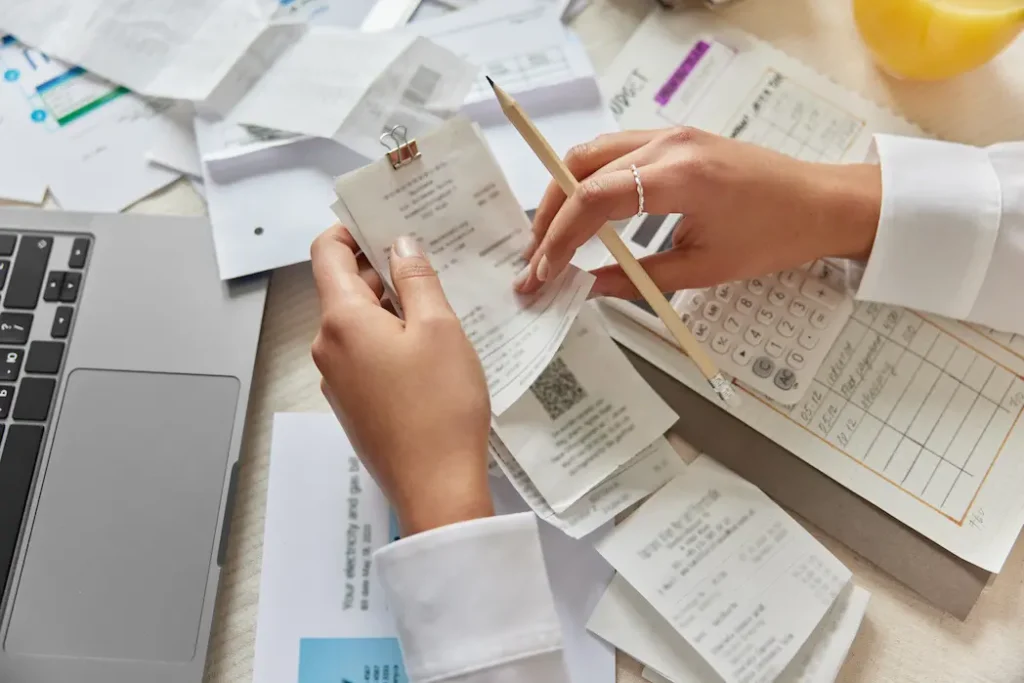
Small Businesses and Invoices

Vegan Language – It’s all about the Bratvurst
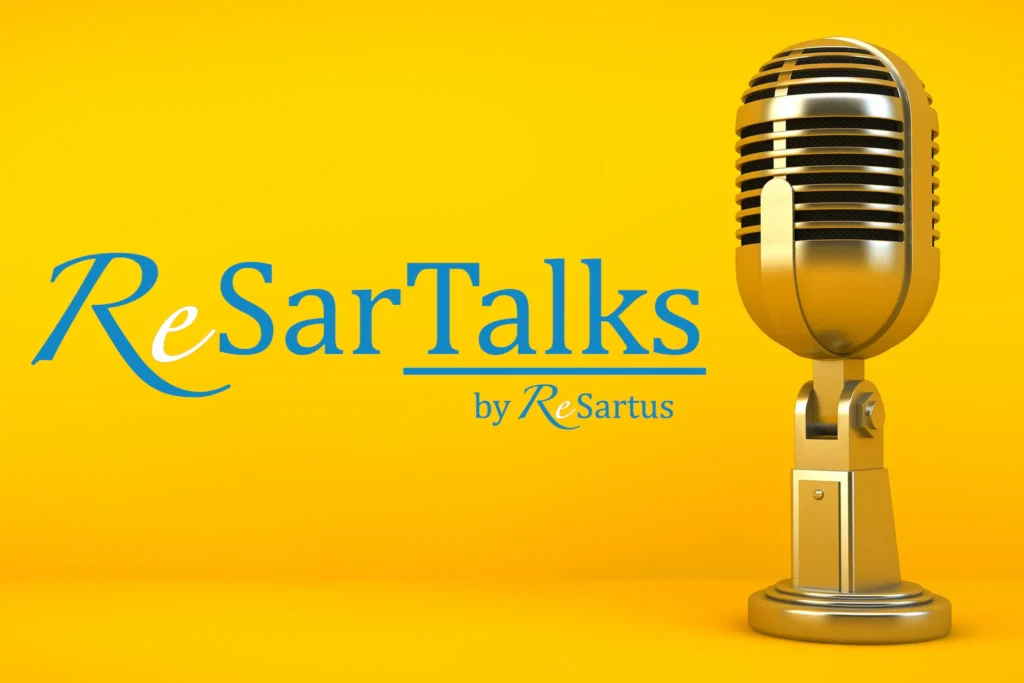
Accessible Texts – Leichte Sprache from a Translator’s Perspective

Between Deadlines and Diplomacy


Why localization is more than translation
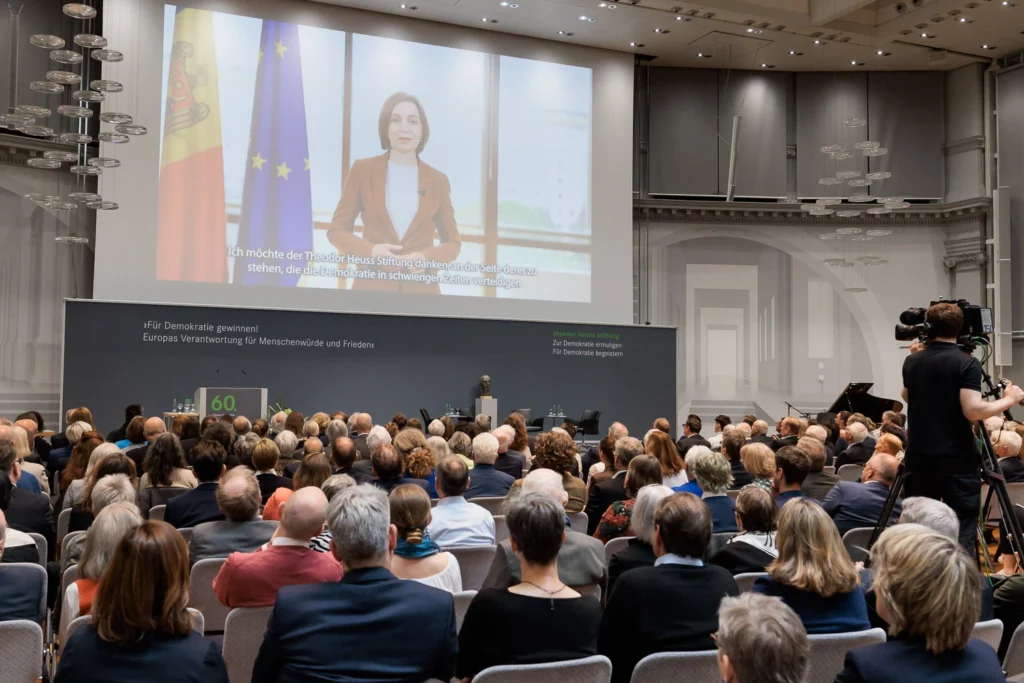
60th Theodor Heuss Prize
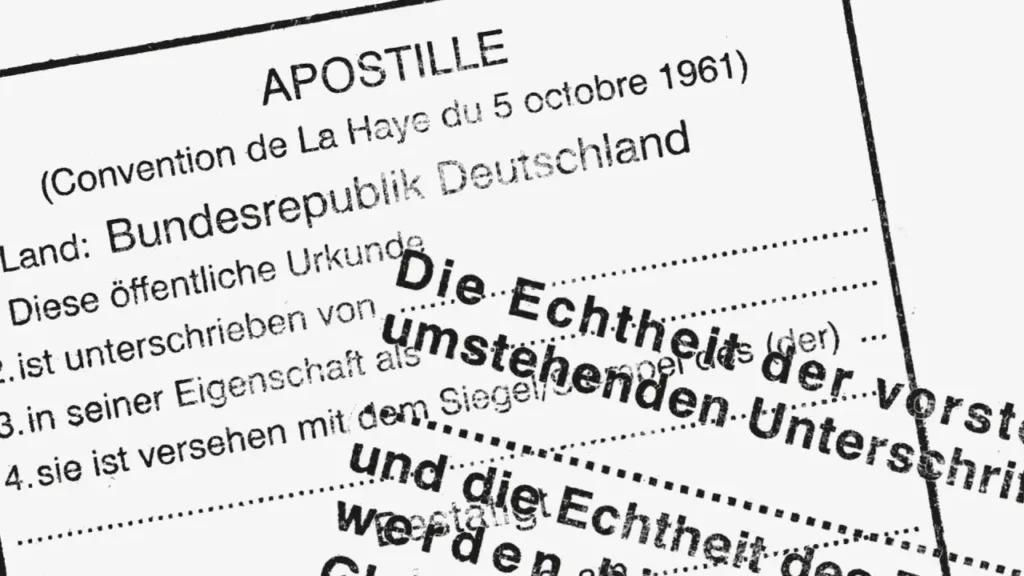
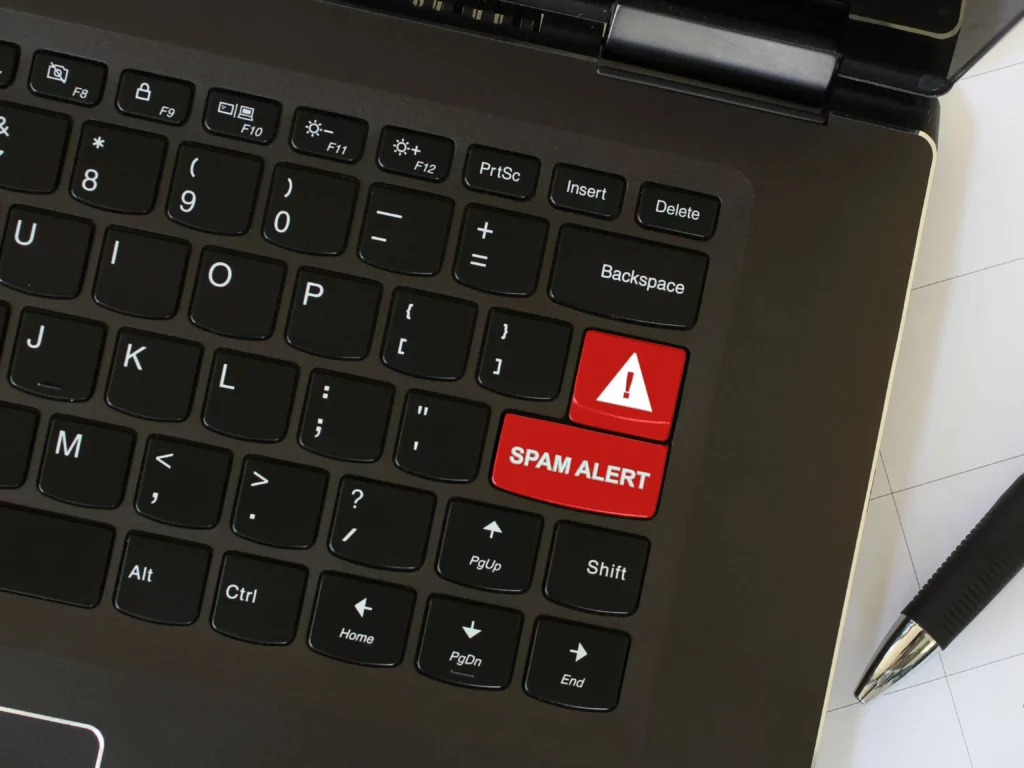
The invisible danger: digital translation fraud

Planned revision of the JVEG

Freelancer visa in the UAE

Emigration to Dubai

Cuts and restrictions – Interpreters and Translators in Crisis

Building bridges at the Wilhelm Bock Prize

Funding Programs for Language Mediators in Healthcare

Inclusion in Education: ReSartus Enables International Exchange

The Future of Remote Interpreting – Virtual Conferences


Industry-specific challenges in the translation industry

The Role of AI in the Translation Industry

Hiiios – The video interpreting service by ReSartus

Emigrating from Germany

ReSartus supports the 43rd Erlangen Poetry Festival

Preparations for the COP 28 World Climate Conference

Push the Future

Small Businesses and Invoices

